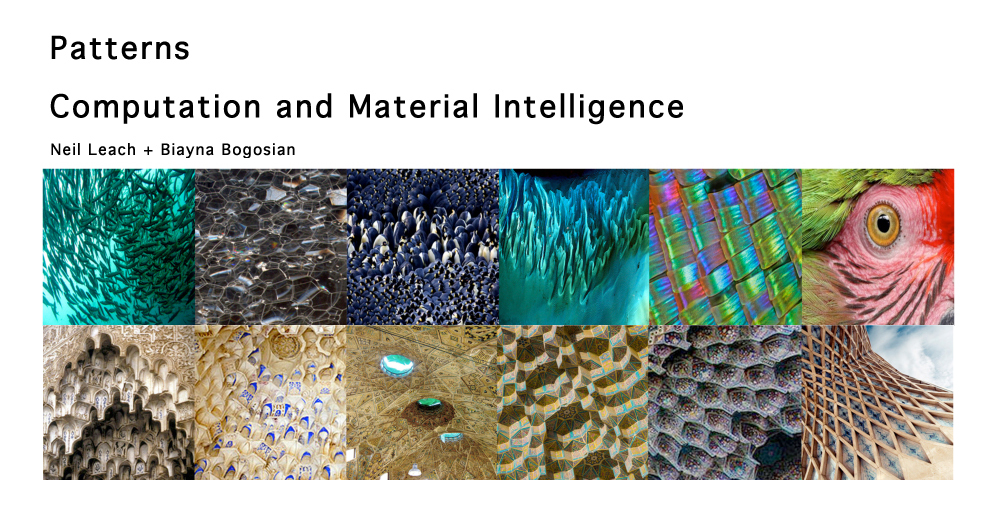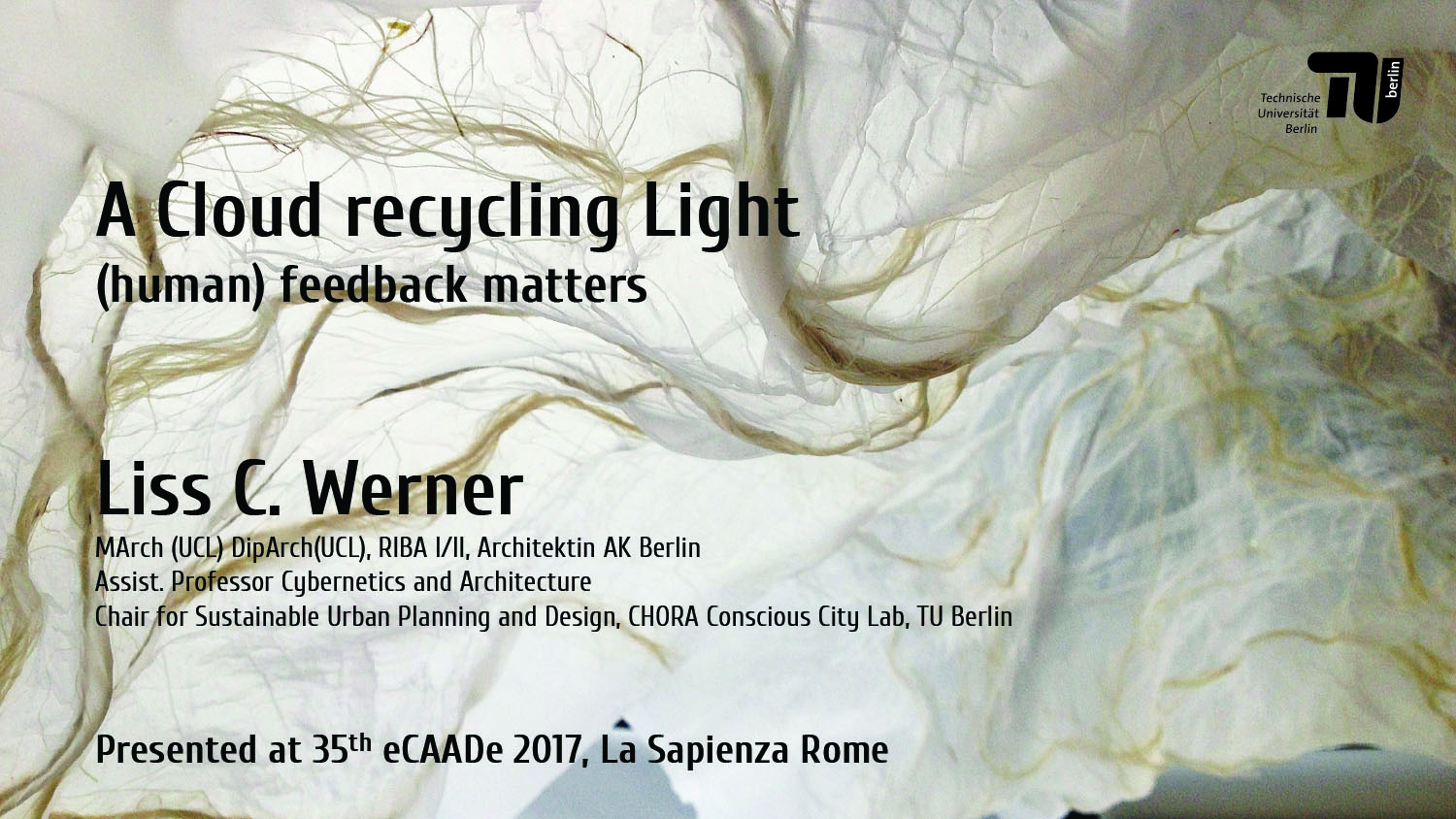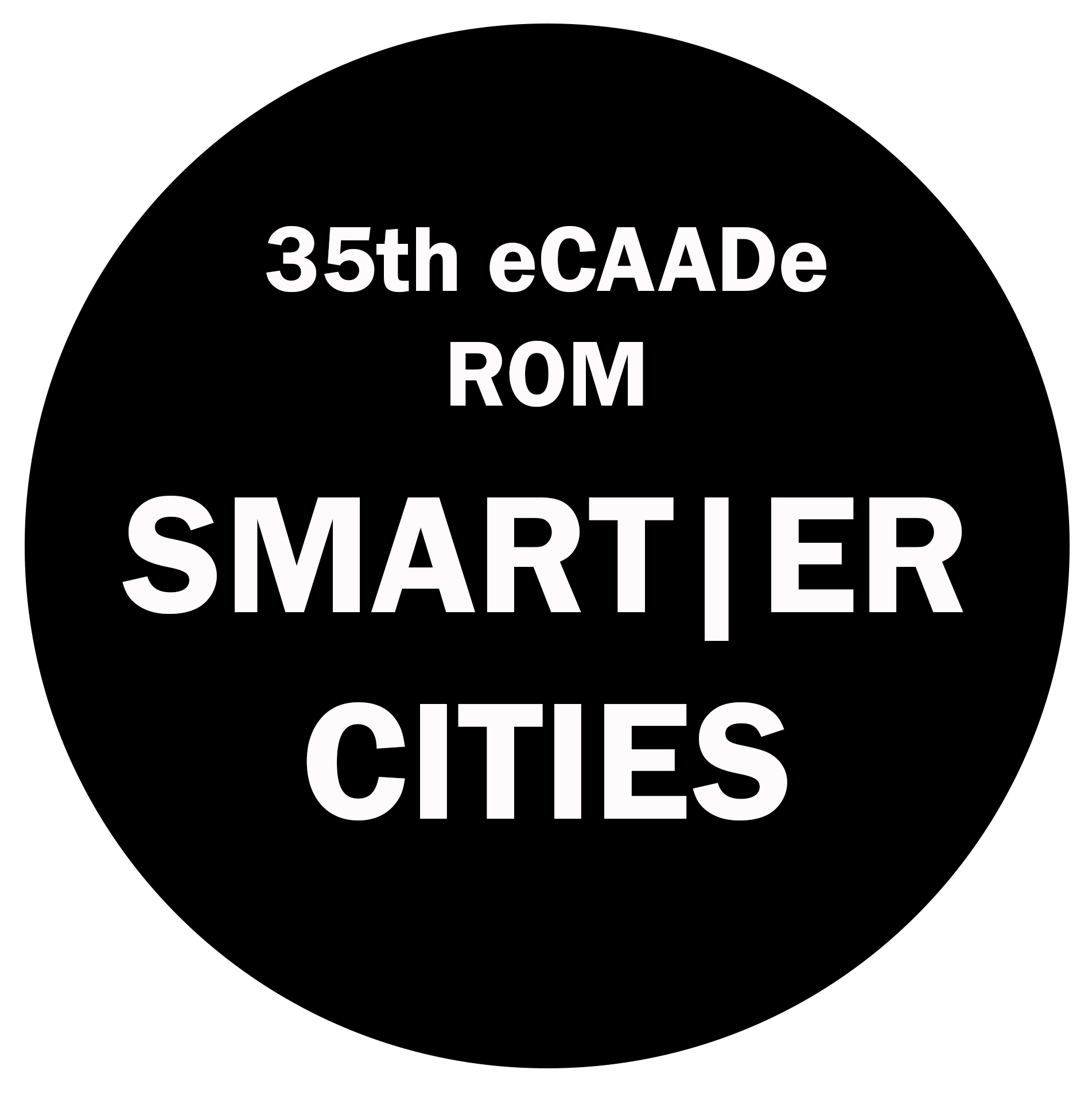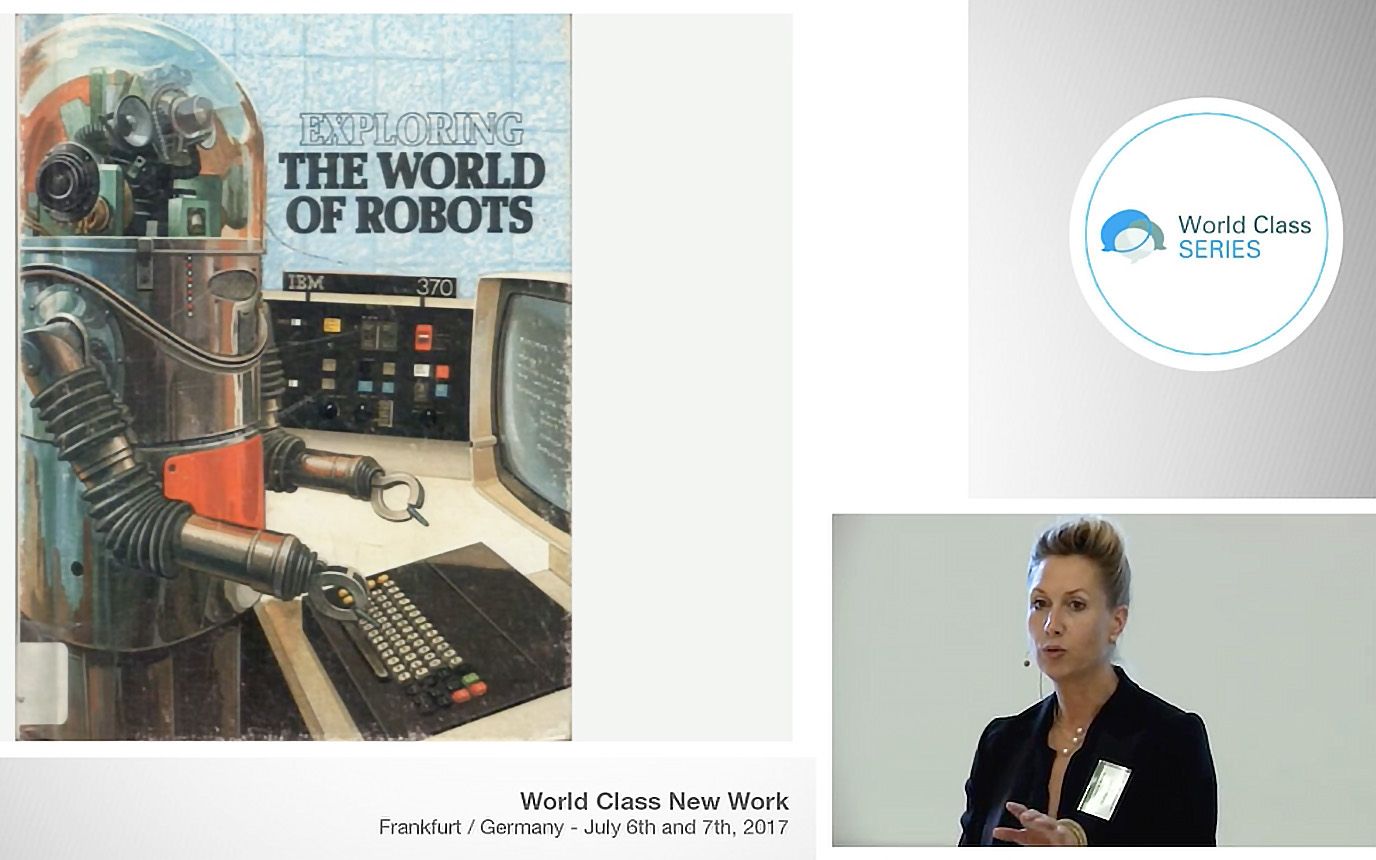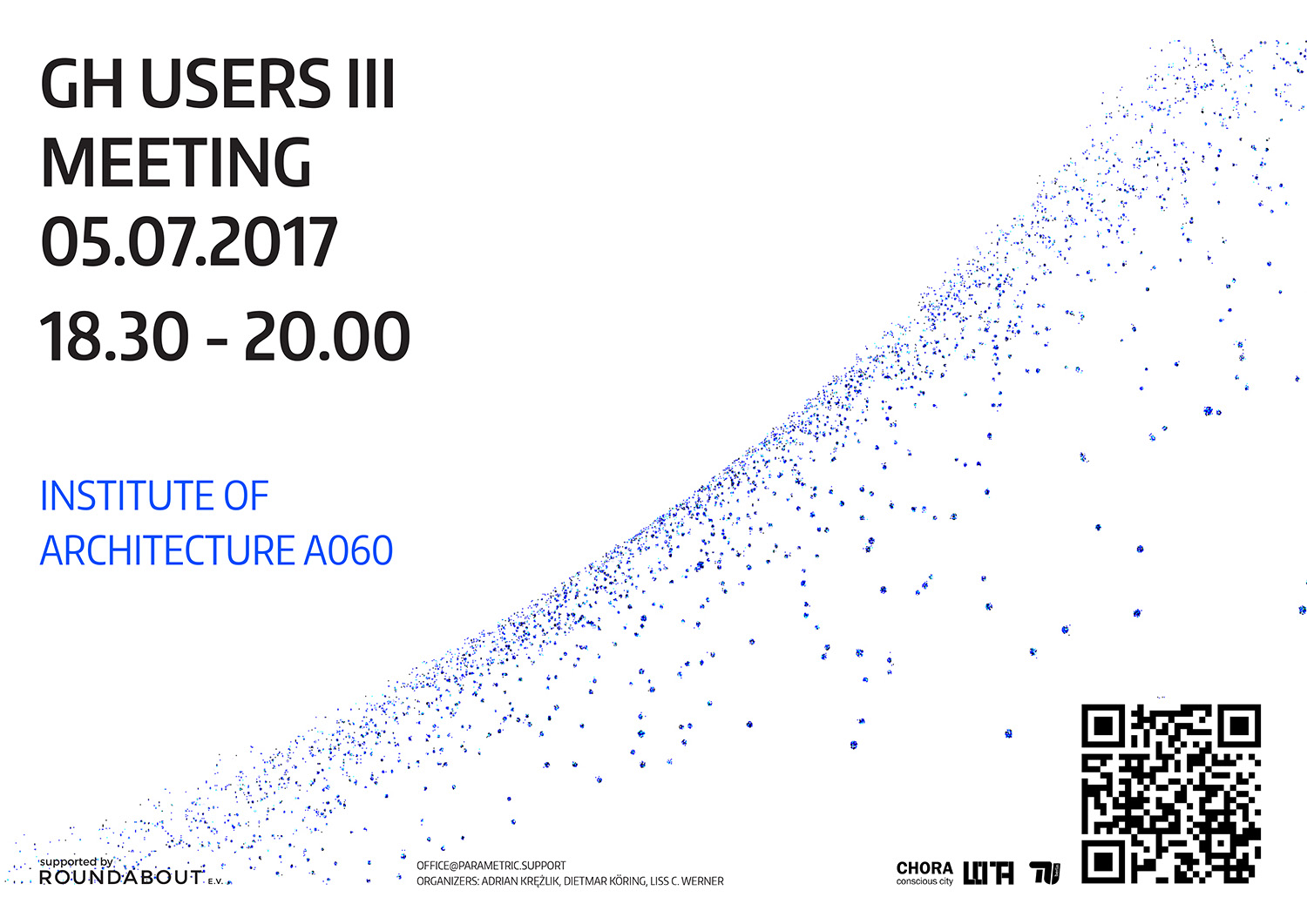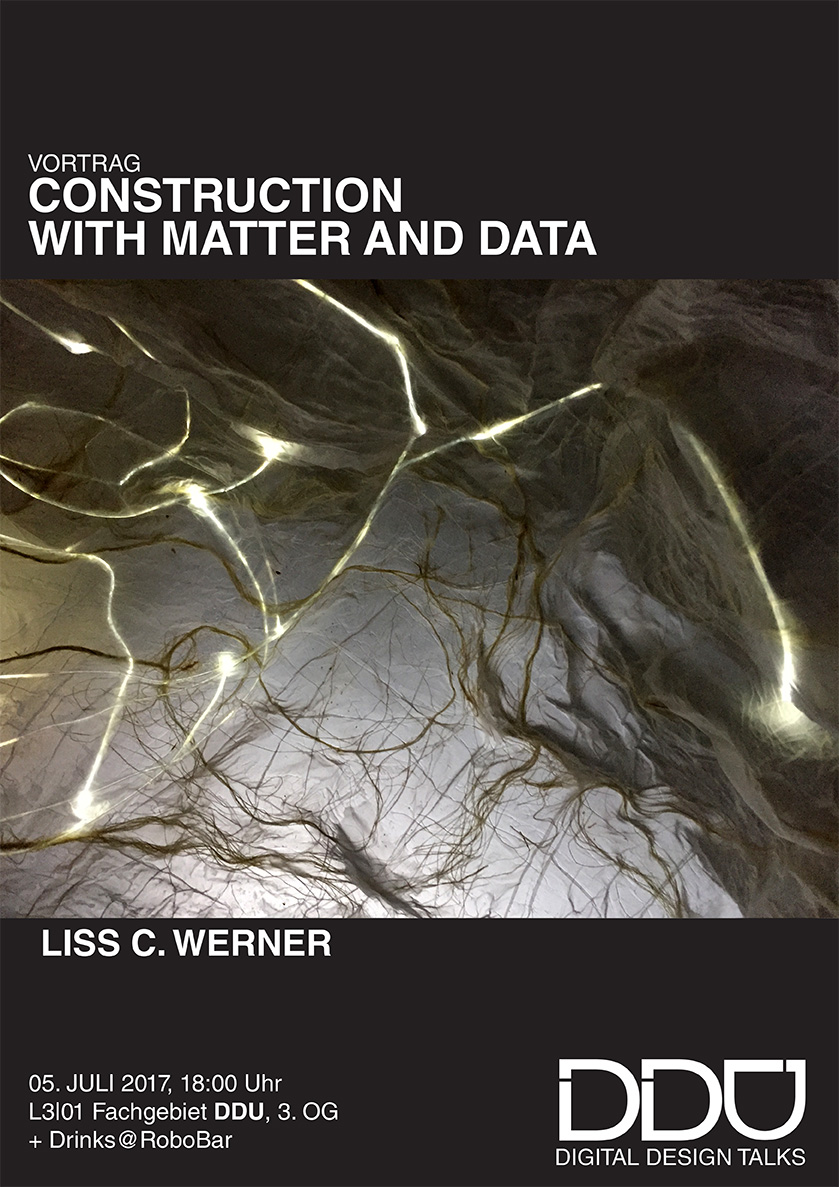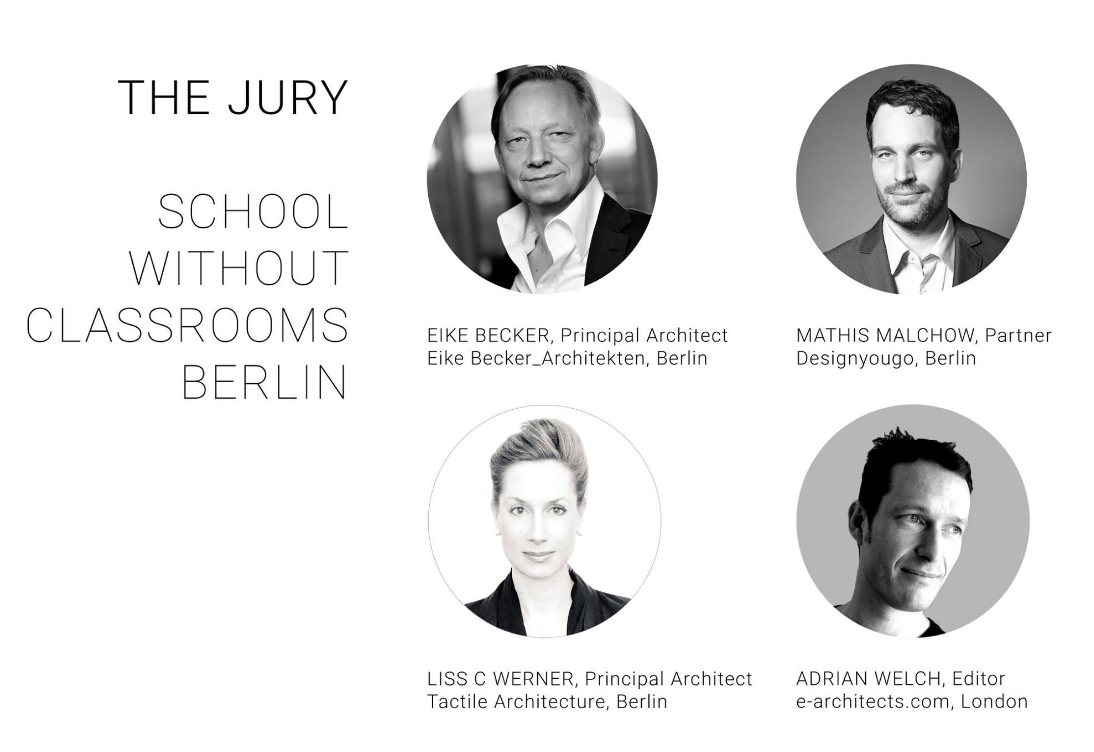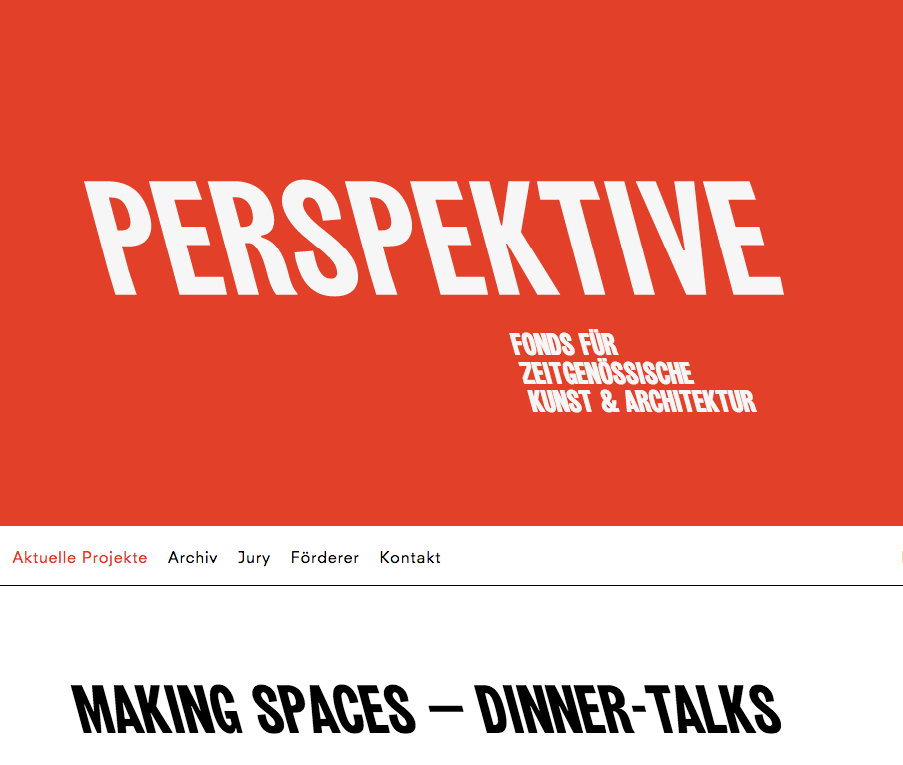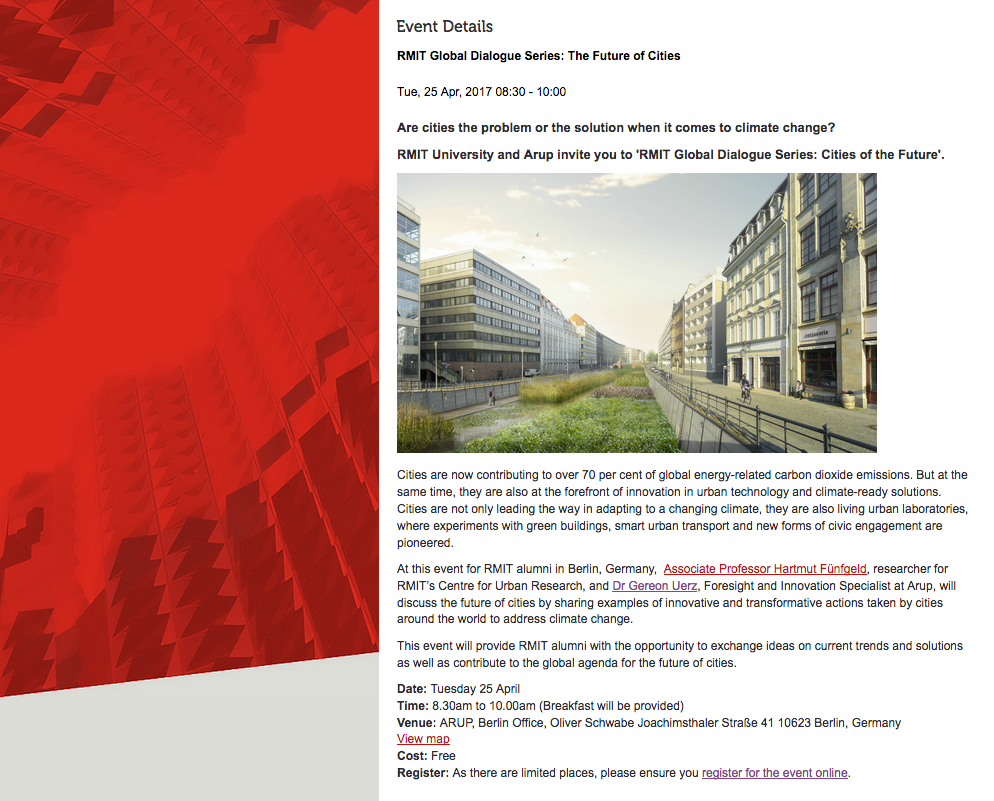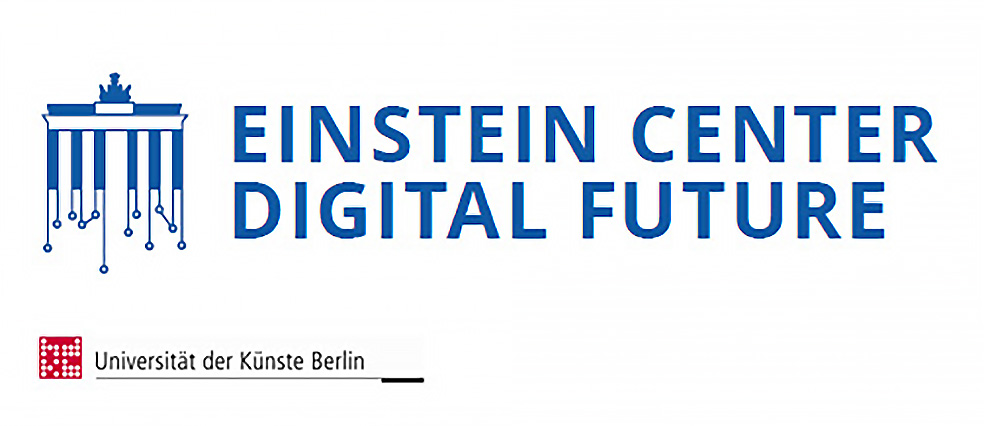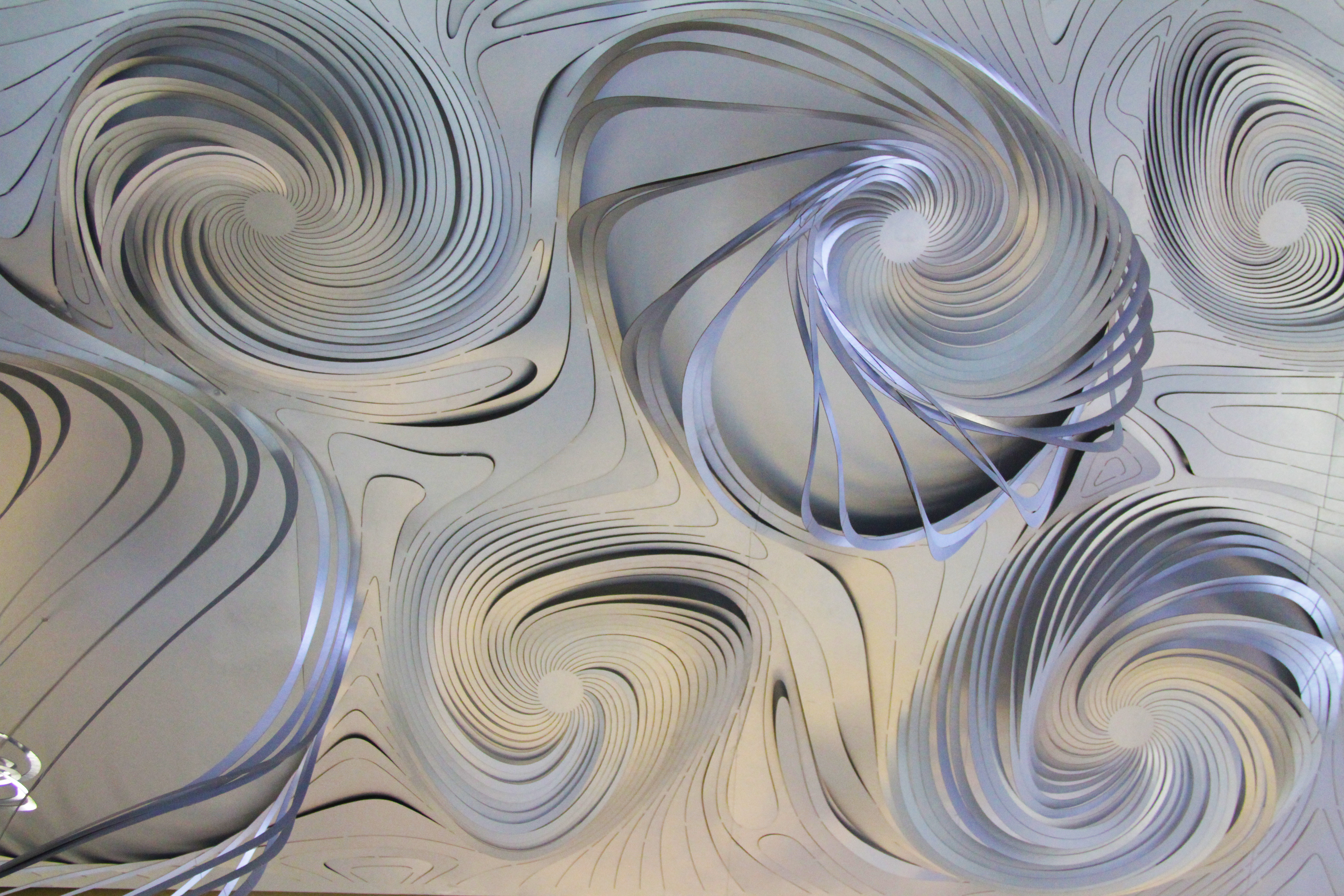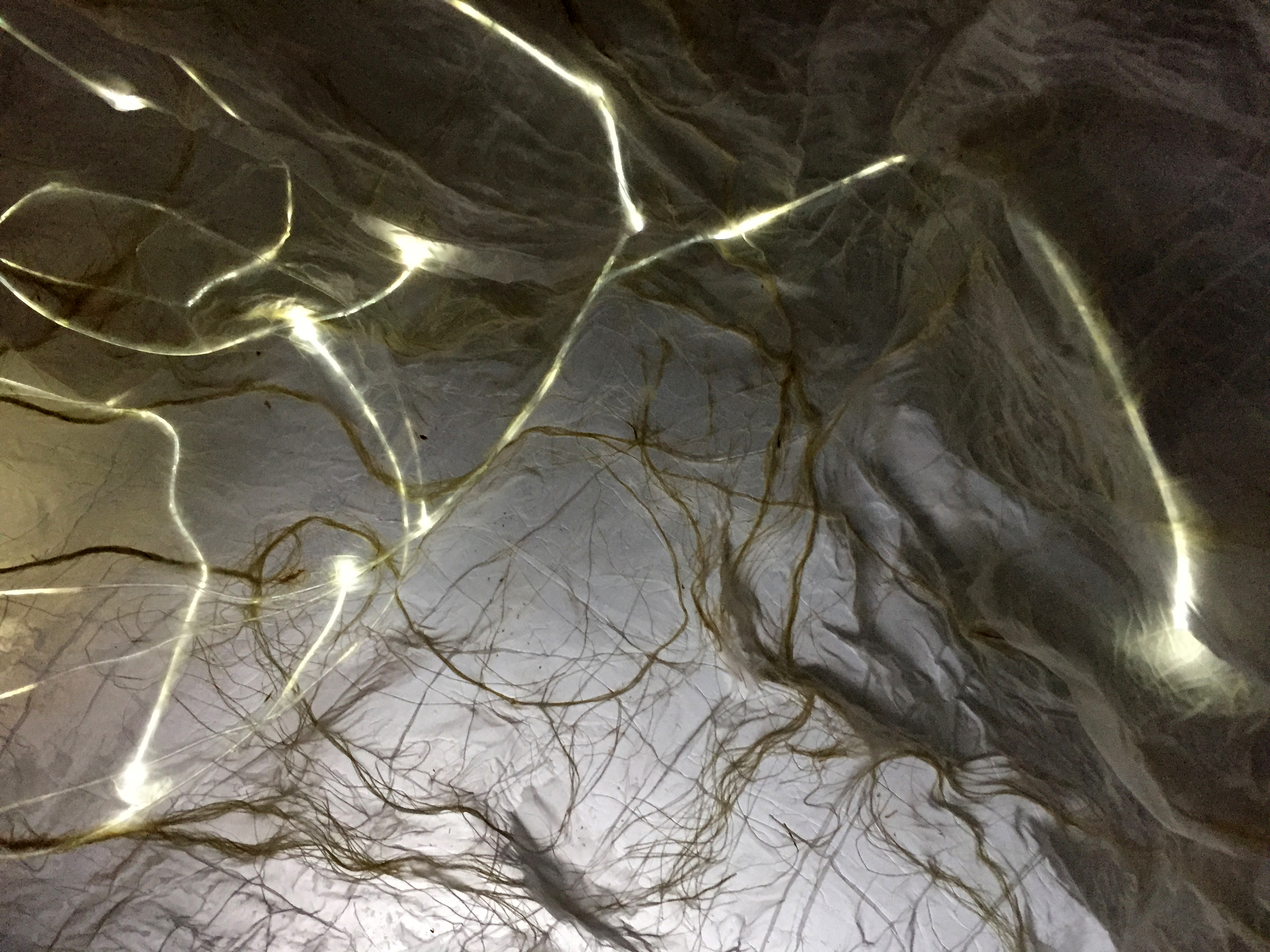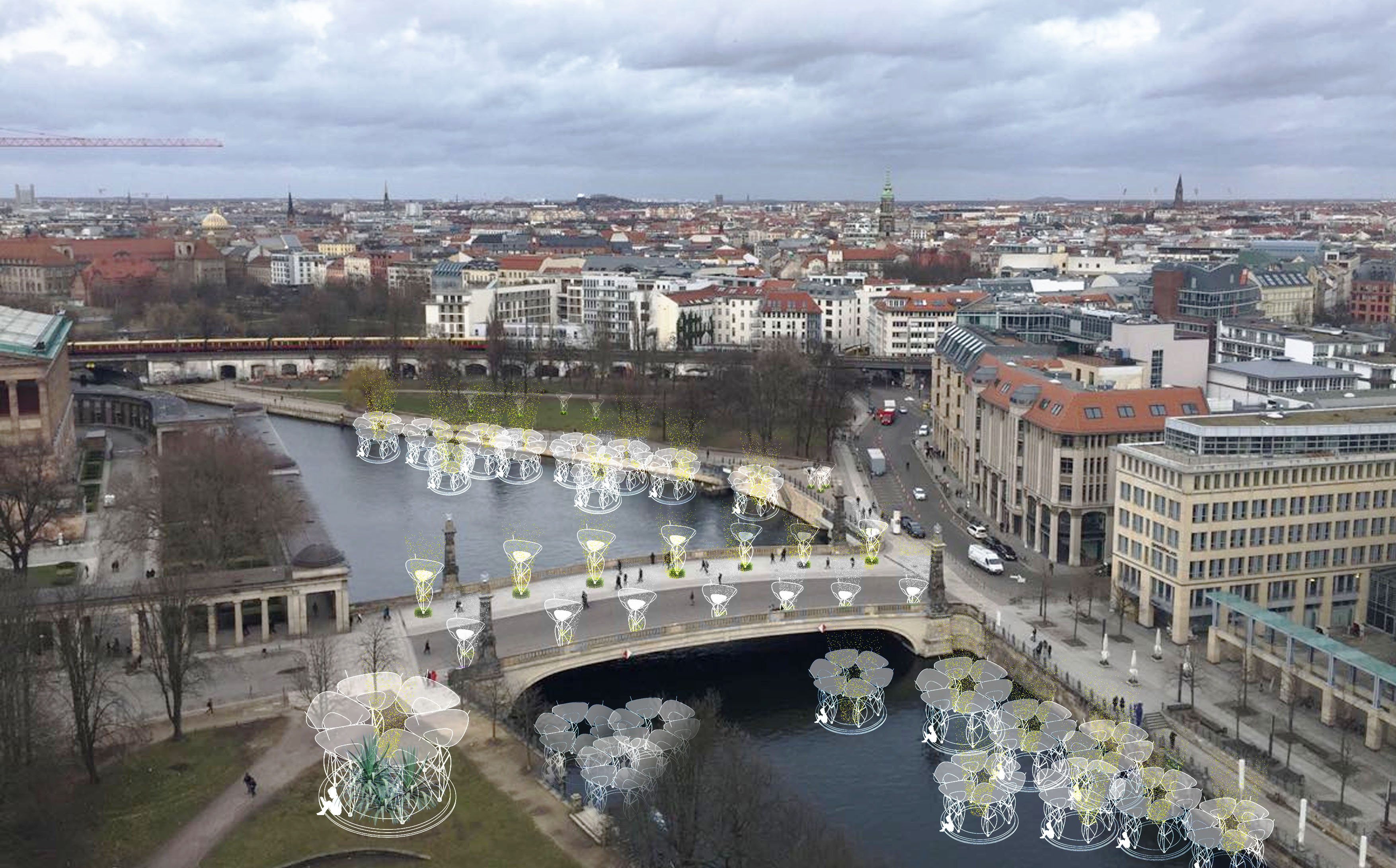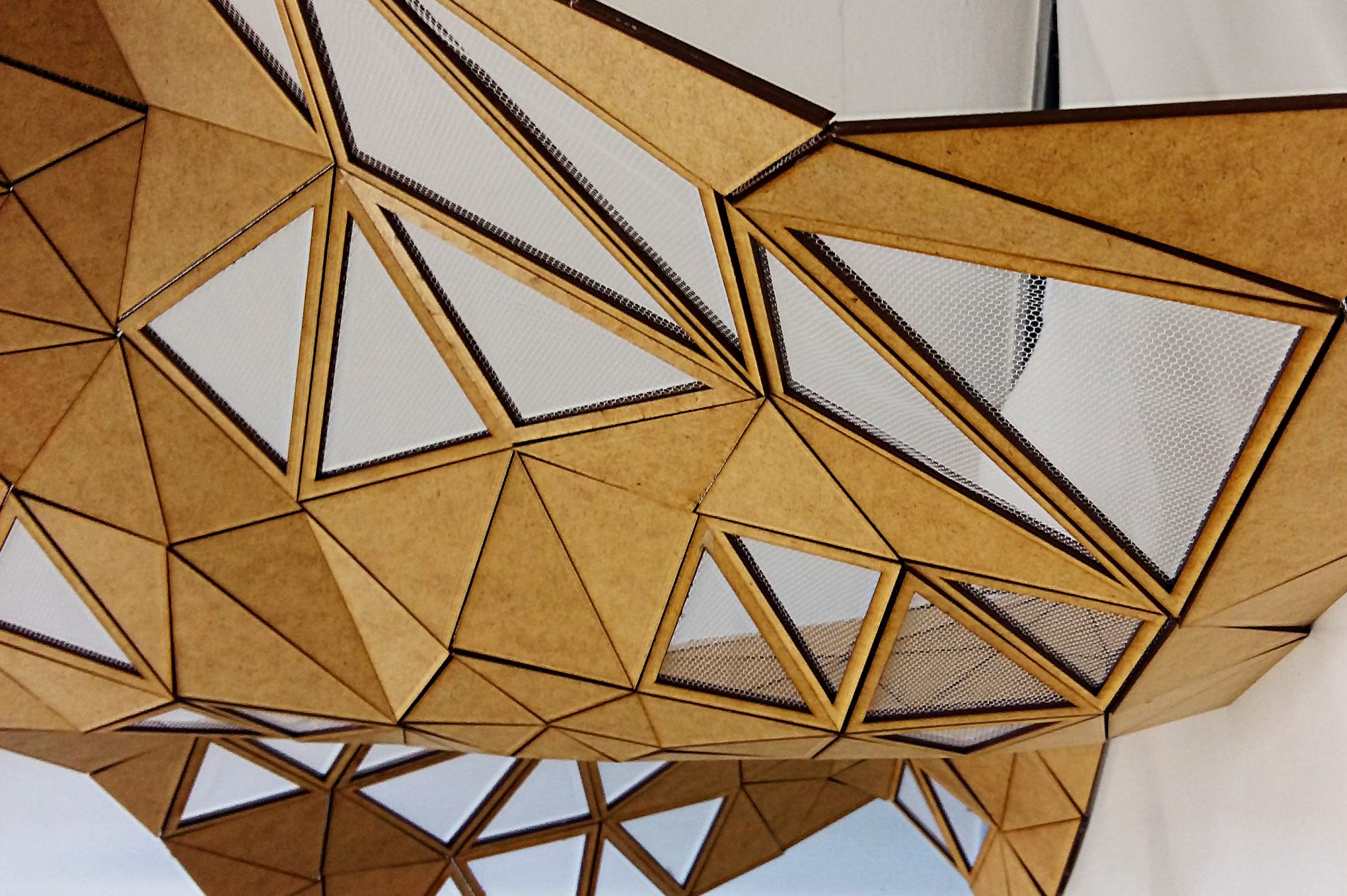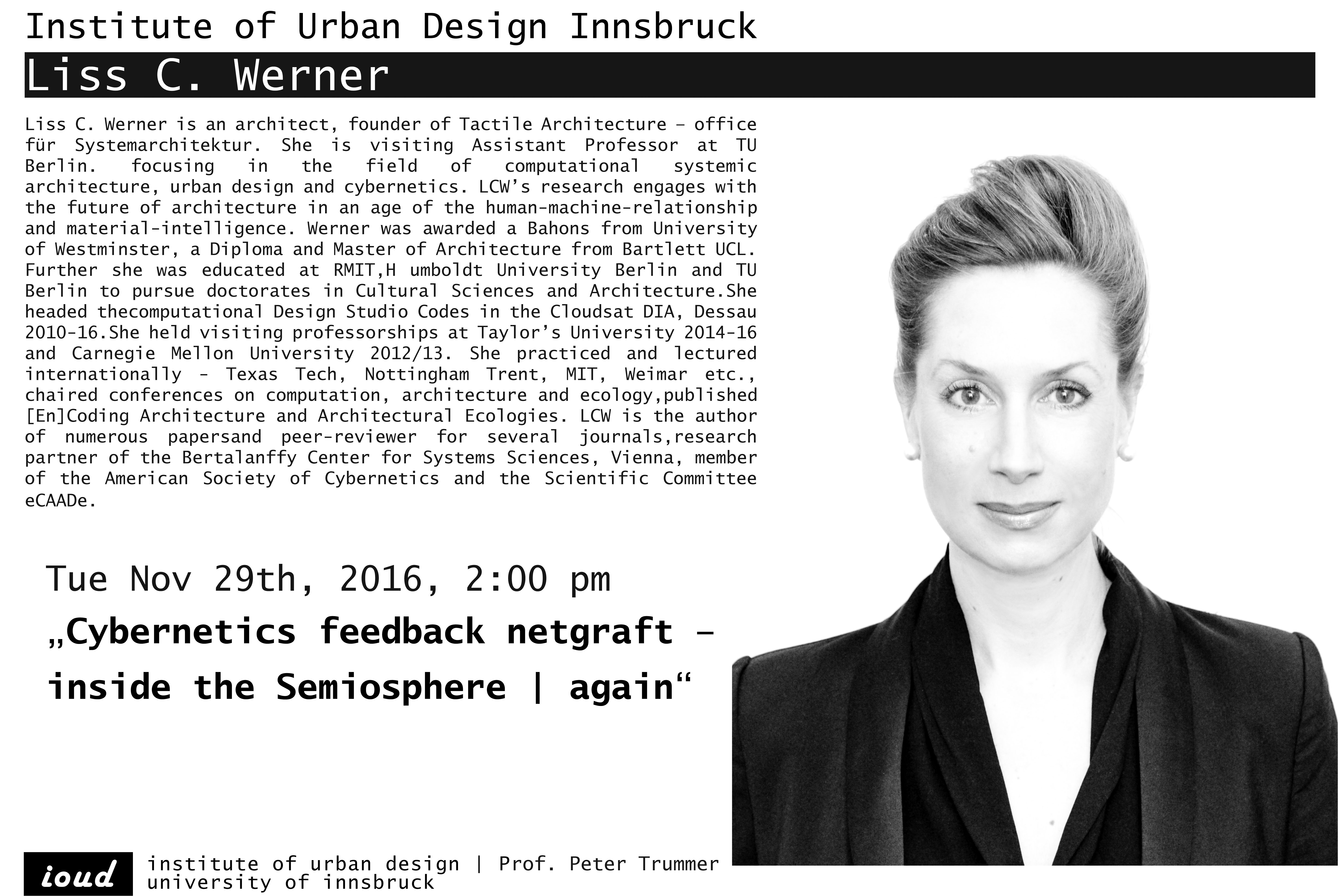STUDIO NEIL LEACH + BIAYNA BOGOSIAN
09th November 2012, 5pm
In the living world, pattern formation seems both to constrain adaptive change and to offer new adaptive opportunities . . . The technological and aesthetic possibilities of spontaneous pattern formation, for example in material sciences, architecture and the production of structurally and dynamically complex chemical systems, is only just beginning to be explored. Philip Ball, ‘Pattern Formation in Nature’, p. 26, AD 216
Patterns are defined as recurring events or repetitive object formation logic that appear in natural and human made systems. Architects as the designers of unit to whole relationships, have always been fascinated with natural and artificial patterns for establishment of aesthetic and structural relationships. However, in recent years as architects have become more interested in applicability of advancements in the fields of biology, artificial intelligence, computer and material science, an in-depth study of patterns becomes imperative. This studio combines an understanding of digital computation with a study of material intelligence to investigate the logic of patterns and pattern making through the design of vaulting systems. The objective is to develop a series of novel vaulting systems informed by the pattern making logic of Islamic tiling systems and biological systems with the assistance of various computational programs.
In her book, The Function of Ornament, Farshid Moussavi catalogues the various vaulting systems that we have known throughout history. But what if we were to go beyond merely cataloging these existing vault structures and develop novel and highly inventive new approaches to vaulting systems? What if we were to examine the internal logic of Islamic tiling systems so as to extract their underlying code? What if, in parallel, we were to examine the logic of biological and chemical systems of agglomerations and aggregation, and other forms of material intelligence? And what if we were to supplement all this by a novel investigation of the processes of material composition made possible by the latest computational methodology? If we were to do all this, what might we hope to achieve?


